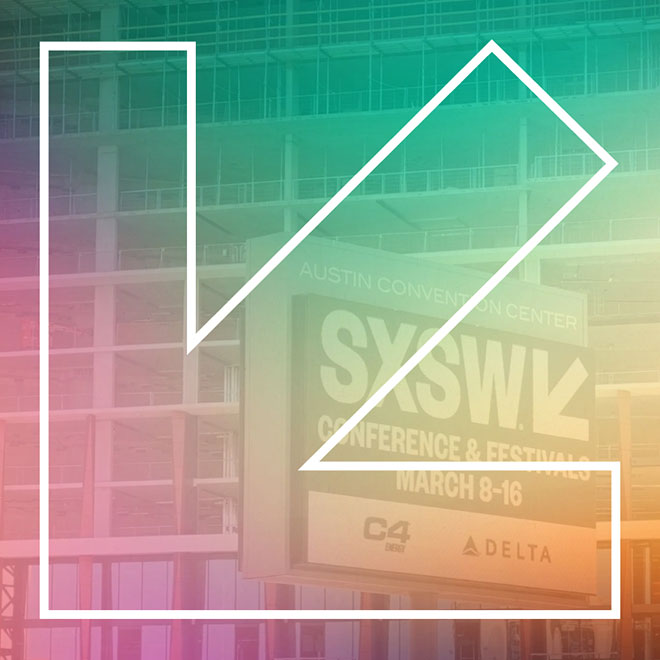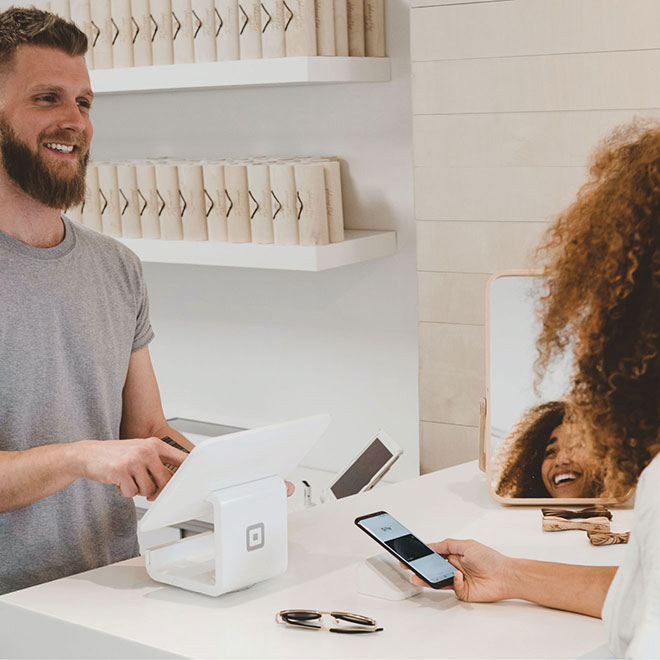
Go Beyond the Path to (re)Purchase
Maximizing Customer Retention Beyond the Purchase Journey
Estimated Read Time: 3-4 Minutes
In the world of brands and retailers, much attention is devoted to the path leading up to the purchase—affectionately known by most of us in the biz as the “path to purchase.” Questions arise concerning how to streamline the customer journey and ensure the right product is available at the right price, when and where the customer intends to buy.
Beyond the Purchase: Post-Purchase Strategies
You’ve likely seen the trend of “unboxing” videos. Or maybe you’ve noticed a friend sharing a new purchase in an Instagram story. This is the optimal outcome for a brand, as customers reflect on their purchases and become brand advocates by sharing their experiences with friends and followers. Bonus points when they add a direct link to a way to purchase the item.
We believe it’s time to extend our focus beyond the traditional path to purchase and take a hard look at the avenues that lead to repurchase, because those consumer behaviors and attitudes post-purchase are invaluable in creating loyal customers. Achieving a “repurchase” is contingent on minimizing friction and infusing “surprise and delight” into the post-purchase phase of the customer journey. How the customer lives with the brand and their reflections on it, outside of the active sales funnel, represents a crucial yet often overlooked moment in the customer journey. Let’s explore strategies that brands and retailers can employ beyond the conventional point of purchase.
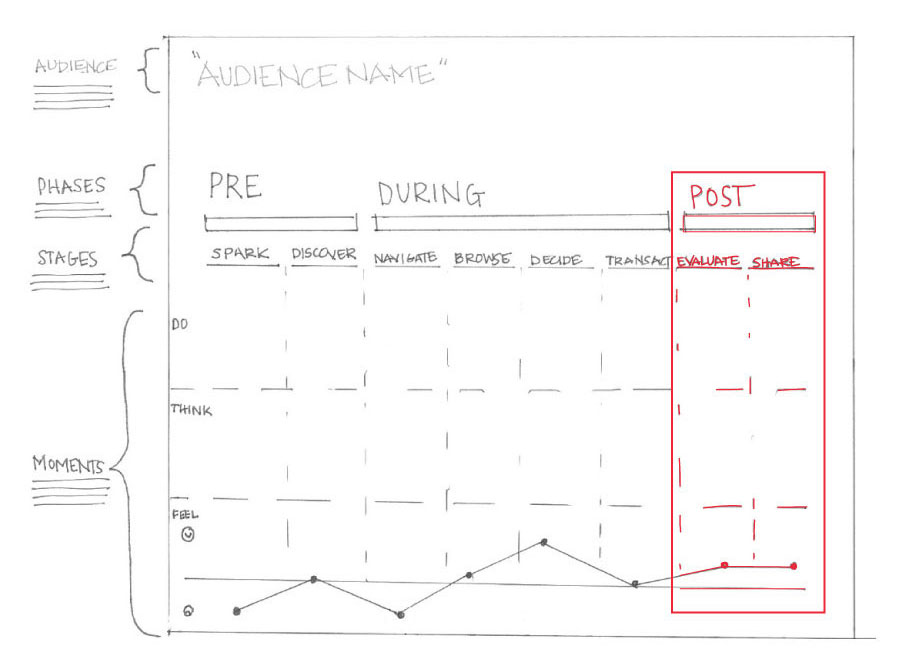
A Move in the Right Direction
Begin by expanding your efforts to encompass the post-purchase phases of customer evaluation and sharing. Take a closer look at how your brand—whether a manufacturer or retailer—integrates into customers’ daily lives. Often, opportunities lie in using data to identify post-purchase pain points. Resources like customer service calls, in-store returns, and social media listening provide real-time feedback and valuable insights. Assemble a cross-functional team to ideate solutions that address pain points and help enhance key moments in brand interaction—considerations, reminders, and triggers. Here are a few brands that we think are a step ahead.
Creating a Lasting Memory
A quick search for unboxing videos yields around 186,000,000 results.
Whether intentional or not, Slip Silk’s package sets the stage for an unforgettable unboxing experience. The package embodies the brand voice with playfully crafted messages on the inside cover and a closing note of “sweet dreams” revealed when the pillowcase is removed from the box. Making the packaging recyclable—or better yet, compostable—ensures that it’s the memory that’s lasting.
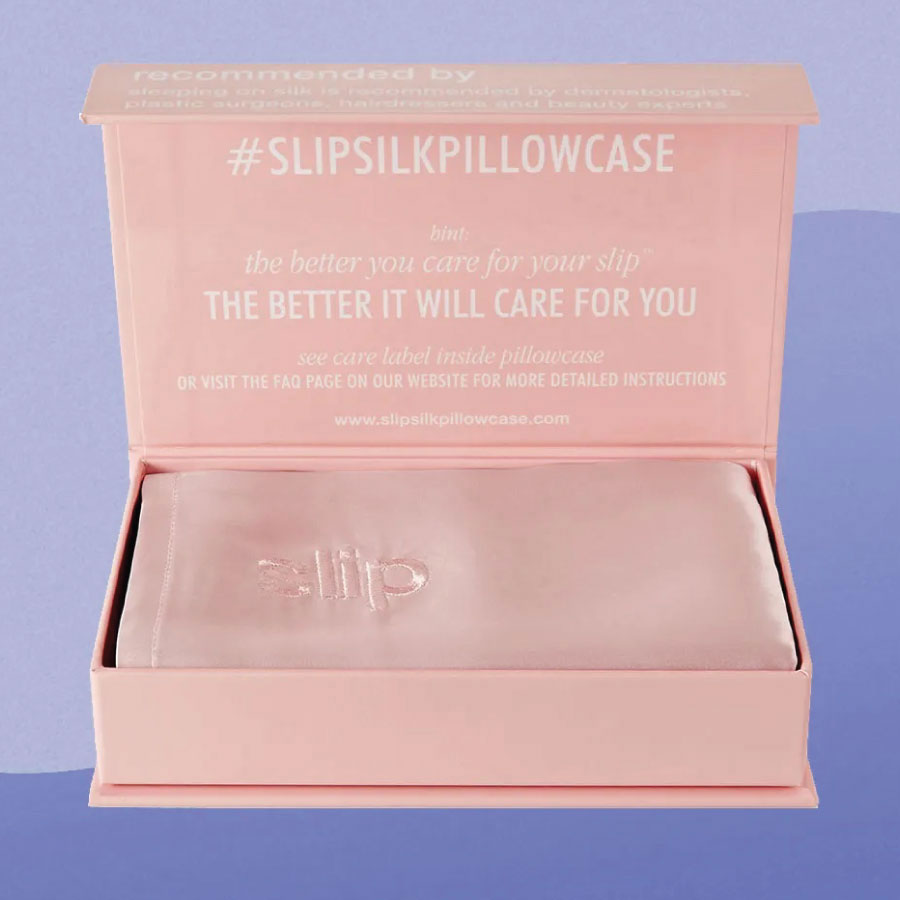
Empowering Micro Influencers
Statistics show that 90% of people are considerably more likely to trust a recommended brand (even from strangers)3
Harnessing the advocacy of those who have experienced your brand is a major win. Abercrombie & Fitch has broadened their influencer base to provide more dimension around the brand and shift perceptions. Figures like Gym Tan and Charli & Dixie on TikTok, are two examples4. Their strategy goes beyond traditional fashionistas to connect with culture and communities, which strongly resonates with the upper Gen Z and younger millennial audience.
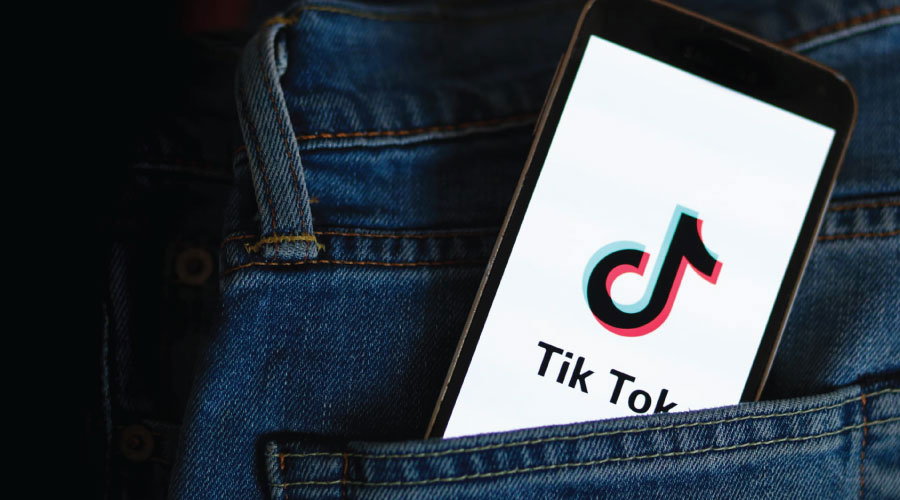
Make Them Want to Come Back
Research indicates that 80% of surveyed customers find loyalty programs to be a compelling reason to continue engaging with brands5
Foxtrot’s rewards program (https://foxtrotco.com/perks/welcome) serves as an exemplary instance of an effective loyalty program. Who could resist an all-day happy hour? What started as a delivery concept for college students has evolved into an elevated neighborhood convenience store, complete with a loyalty program that’s hard to beat. By simply signing up for the app and spending $100, consumers unlock a plethora of perks, including gift wrapping and free delivery, al;ong with a free coffee when visiting the store–where customers are likely to grab a snack or bouquet of flowers.
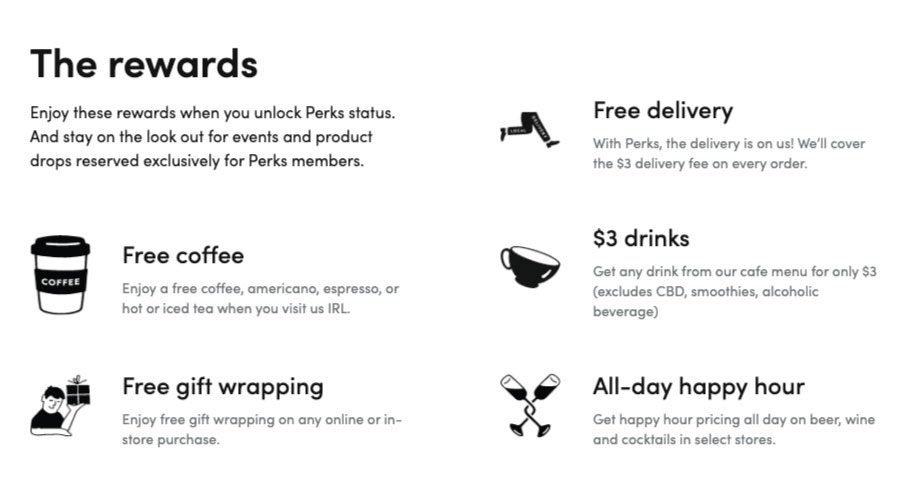
On the Road Again
These are just a few of the strategies brands can employ to foster lasting relationships with customers post-purchase. It starts with understanding your audience and what matters most to them after they hit purchase. Gaining insights into how they experience, share, and engage with your brand will enable you to focus on areas ripe for innovation, enhancement, or amplification in their brand journey. Equally important is to ensure that all your efforts align with your brand identity, resonating with your audience in an authentic and meaningful manner.

 Jody Wasbro
Jody Wasbro
